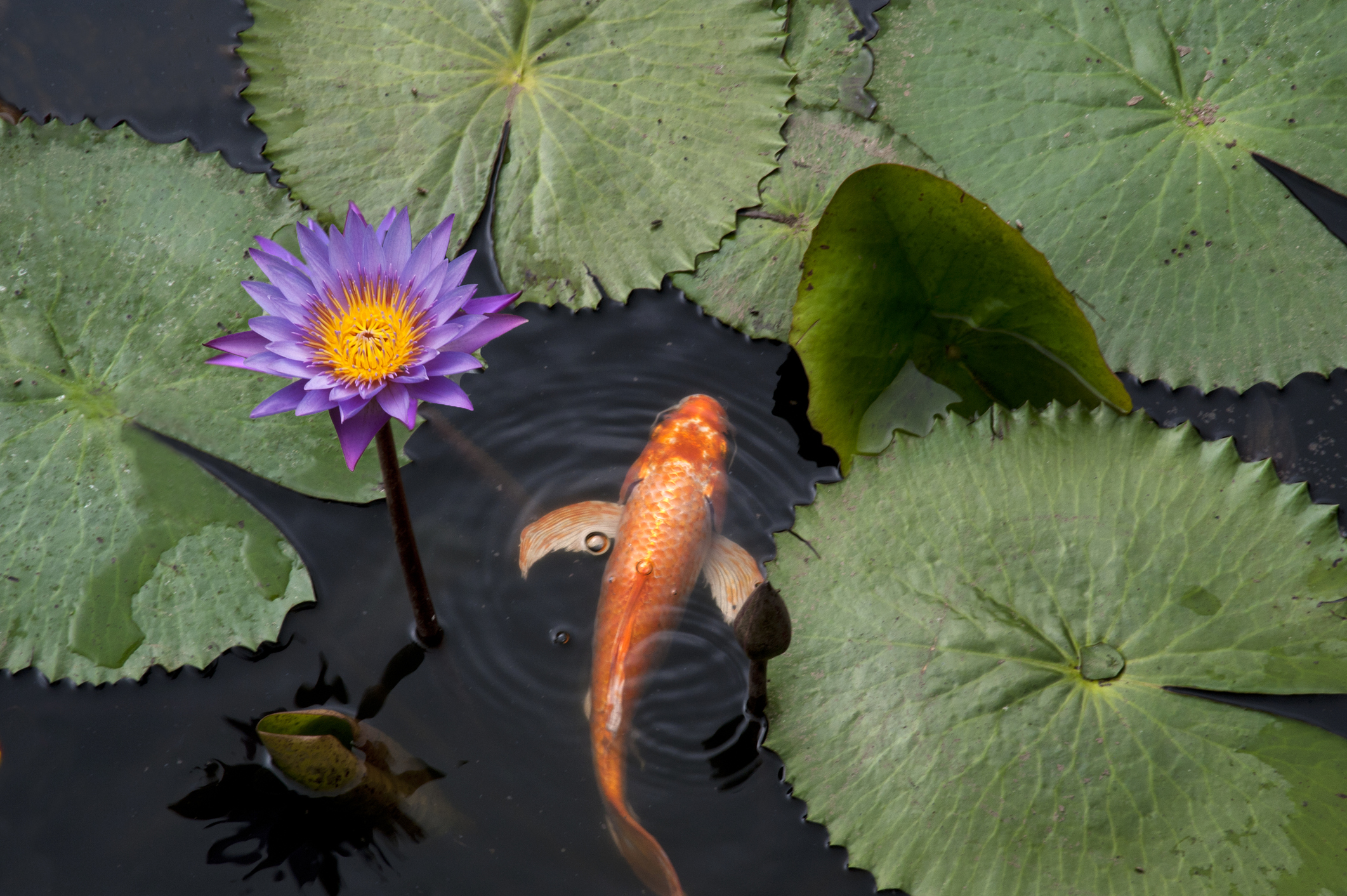Retailer Advice: Recommend These Springtime Steps for Pond Season Success
Glenn Polyn//March 1, 2022//
Retailer Advice: Recommend These Springtime Steps for Pond Season Success
Glenn Polyn //March 1, 2022//
With the onset of warm weather, now is time for customers to get outside and begin enjoying the water gardening season. Their ponds have been dormant all winter and need a little care to make them beautiful. Directing them to follow a few simple steps will prepare their pond for success.
Inspecting the pond
Check to see what effect the winter weather has had on the pond liner and equipment. Re-align and restart filters, motors and UVs. Clean skimmers, waterfalls and replace filter the pads. Make repairs as needed.
Recommend a water change
Performing a 15 percent to 25 percent pond water change eliminates dissolved organics that build up over the winter and fall. Also, removing dead leaves and debris that have accumulated in the bottom of the pond is essential.
Always condition tap water
Whenever doing water changes or adding water don’t forget the need to eliminate chlorine and chloramines found in municipal water. While these compounds make tap water safe for human drinking, these substances are harmful to pond fish and must be removed. Even a small trace of chlorine or chloramines will irritate fish and damage gill tissue and large amounts can be toxic. Adding a water conditioner will remove harmful chlorine or chloramines from the tap water.
Testing pond water
It is not possible to know the condition of pond water without testing it. Pond test kits offer a quick and accurate way to evaluate pond water quality and stop problems before they occur. Ammonia and nitrite are the major causes of fish loss in ponds. These compounds can reach toxic levels in the spring once fish begin feeding. Testing is the best way to monitor the condition of the biological filter.
Inspect the Fish
Take time to examine the fish. If torn fins, blood streaks, ulcers or a fungal infection are seen, recommend an all-natural antibacterial or antifungal remedy for the treatment of diseases.
Feed fish a low-protein fish food
As the temperature of pond water approaches 42 degrees Fahrenheit, pond fish will start looking for food. In cooler temperatures, when the water temperature is between 42 degrees Fahrenheit and 72 degrees Fahrenheit, fish require a high carbohydrate/reduced protein diet. In cooler water, fish metabolism slows and so does the need for protein. Feeding a high protein food in cooler water will result in poor water quality. In fact, the excess protein is converted to ammonia and excreted by the fish, adding to the pollution of the pond. To prevent this from happening, feed the fish a pond food designed for cool water.
Provide fish with essential electrolytes
In addition to a proper diet fish also need electrolytes such as potassium, sodium, magnesium, chloride and calcium to maintain proper health. Pond salt provides essential electrolytes fish need to survive. For ponds with fish and plants the recommended dose of pond salt is 1.25 cups per 100 gallons of pond water. For ponds with fish, but without plants, the recommended dose of pond salt is 2.5 cups per 100 gallons of pond water.
Caring for pond plants
Two main causes for poor plant growth are root-bound conditions and lack of fertilizer. Root-bound plants should be divided and re-potted. Recommend aquatic plant food tablets, aquatic planting media to re-pot plants and larger pots to promote healthy plant growth. Most ponds don’t have enough plants so planning for more should be encouraged. Besides adding beauty to a pond, plants help create a more natural ecosystem. Aquatic plants need the right nutrients and proper size pots for growth and flowering.
Keeping water clean and clear
Murky, cloudy water is unattractive and unhealthy. A build-up of sludge and dissolved organics reduces the oxygen concentration in the water, creating unhealthy pond conditions. To digest sludge and reduce dissolved organics, adding beneficial bacteria routinely throughout the pond season will reduce organic pollution and establish a healthy pond ecosystem. If cloudy, murky condition develop recommending a flocculant will be a quick fix for crystal clear water.
Controlling algae easily
Keeping algae under control is one part of pond keeping that can be quite frustrating. The addition of plants is one of the best methods to control algae. When adding more plants is not an option or we need to just get the algae under control we have some simple alternatives. To keep any pond as close to nature as possible and free of algae recommend a microbial algaecide to clean the pond. Another alternative to quickly and effectively control algae in ponds (including string or hair algae) and green water is to suggest a chemical algaecide but be sure it is safe to use in ponds that contain fish and plants.
Manager of industry relations for Mars Fishcare, Gary Jones is an aquatic scientist specializing in the ornamental aquarium and pond trade for over 30 years. He holds a Master’s degree in biology with emphasis in aquatics from East Stroudsburg University and degrees in Business and Marketing from Shippensburg University. He has taught Aquaculture, Aquatic Research, Aquatic Animal Science and Biology courses at various universities throughout Pennsylvania, New Jersey and Virginia.



















